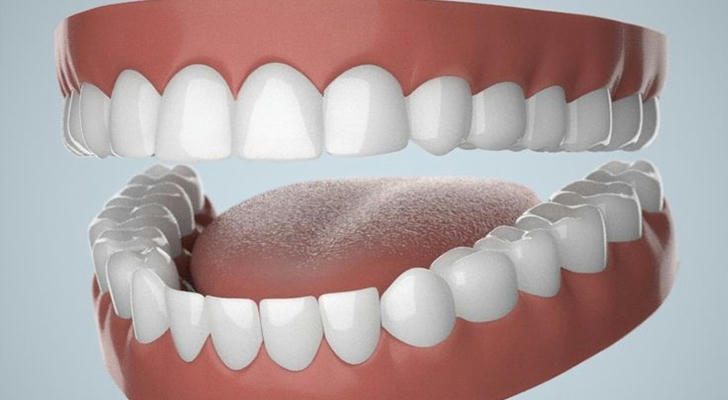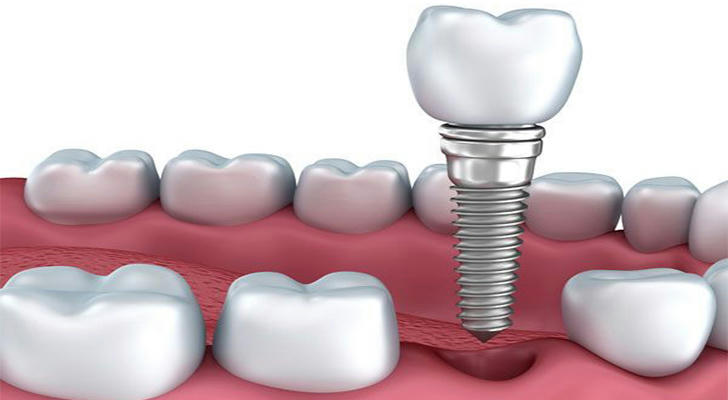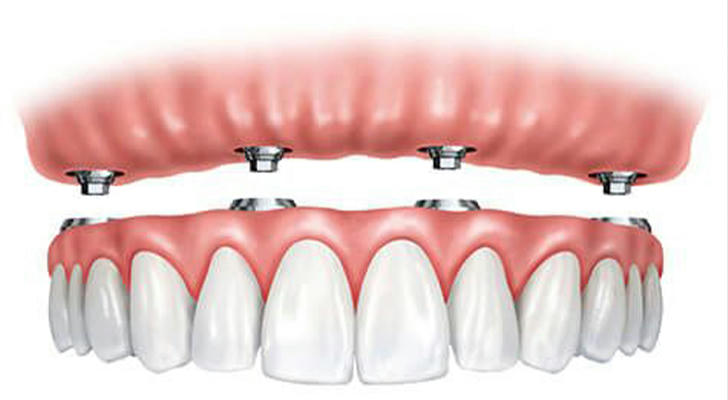Complete Guide to Dental Implants: From Selection to Recovery

With the rise in living standards, people are paying more attention to oral health. However, missing teeth still trouble many, affecting appearance, chewing ability, pronunciation, and confidence. Dental implants are a popular choice for tooth replacement due to their functionality and beauty. This guide will cover the selection process, surgery steps, and recovery, helping patients make informed decisions.

How to Choose the Right Dental Implant Option
1. Professional Evaluation:
Determine Suitability Dental implants are not for everyone. Before deciding, patients should have a thorough evaluation by a dentist. This includes oral exams and X-rays to assess oral health, bone density, gum condition, and overall health. Conditions like severe gum disease, uncontrolled diabetes, or osteoporosis may require treatment before considering implants or alternative solutions.
2. Selecting Implant Materials and Brands
The success of dental implants depends on the choice of materials. Common materials include titanium and zirconia. Titanium implants are favored for their strength and compatibility with the body, while zirconia is appreciated for its beauty and suitability for those allergic to metals. Patients should choose based on their needs and the dentist's advice. Well-known brands often offer better design, stability, and longevity.
3. Considering Costs and Insurance
Dental implants can be costly, but they offer long-term benefits and comfort. Patients should consider their financial situation and check if their insurance covers any of the costs. Some insurers provide partial reimbursement or specific implant insurance plans, which can help with expenses.
The Dental Implant Procedure
1. Pre-Surgery Preparation
Before surgery, the dentist will prepare the patient by cleaning the mouth, providing infection control, and planning the procedure. Patients should follow the dentist’s advice, including quitting smoking and adjusting their diet, to ensure a smooth operation.
2. Surgical Steps
The implant procedure typically involves:
Anesthesia: Local anesthesia will be administered to ensure no pain during the surgery.
Implant Placement: The dentist will drill into the jawbone and place the implant, ensuring stability.
Healing Period: After implant placement, a healing period of 3 to 6 months is needed for the implant to integrate with the bone. Regular check-ups are required to monitor stability.
Attachment of Abutment and Crown: Once healing is complete, the dentist will attach the abutment and the final crown to complete the implant process.

Post-Surgery Recovery and Care
1. Post-Operative Care
After surgery, patients should adhere to the dentist’s care instructions, including:
Diet Adjustments: Avoid hard, hot, or irritating foods to protect the implant.
Oral Hygiene: Maintain good oral hygiene by brushing regularly, using floss, and following the dentist’s recommendations for antimicrobial mouthwash.
Regular Check-Ups: Attend follow-up appointments to ensure the implant’s long-term stability and adjust care if needed.
2. Mental Adjustment During Recovery
The recovery period can be mentally challenging due to discomfort and dietary restrictions. Staying positive, relaxing, and communicating with the dentist about symptoms and coping strategies can help patients navigate this phase more comfortably.

Case Study: Mr. Li's Implant Experience
Background:
Mr. Li, 55, lost several back teeth due to long-term smoking and gum disease and decided on dental implants. His jawbone density was low, and his smoking habit increased the surgical risk.
Challenges:
Bone loss affecting implant placement.
Smoking affecting healing.
Concerns about the surgery’s outcome.
Solutions:
Bone Augmentation: Mr. Li first had a bone graft to restore bone density, ensuring implant stability.
Smoking Cessation and Oral Care: He was advised to quit smoking and improve oral hygiene to reduce risks.
Phased Implant Placement: After the initial healing, high-quality titanium implants and porcelain crowns were installed.
Post-Operative Care and Follow-Ups: Detailed care and regular check-ups ensured long-term stability of the implants.
Outcome:
The surgery was successful, improving Mr. Li’s chewing function and confidence. He was very satisfied with the process, believing the bone augmentation and lifestyle changes were key to the success.
Conclusion
Dental implants are an effective solution for tooth loss, offering excellent function and beauty. Success depends not only on the surgery but also on choosing the right implant, preparing adequately, and following post-surgery care. This guide aims to help patients understand the complete process and make informed choices for optimal oral health.
